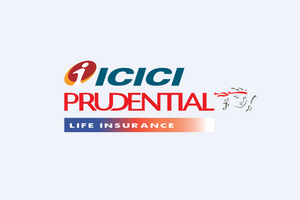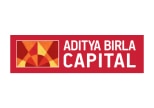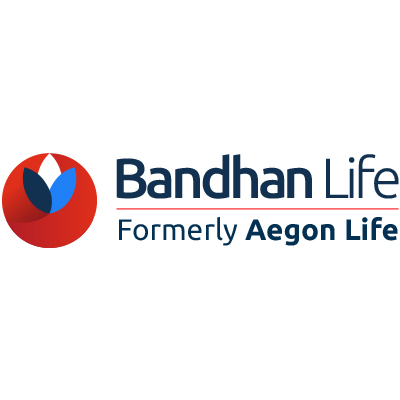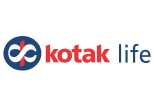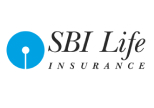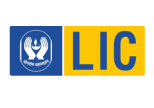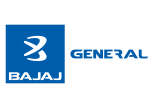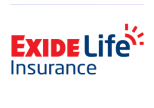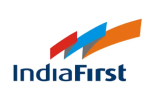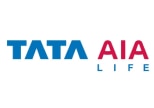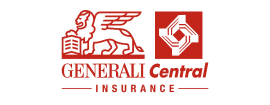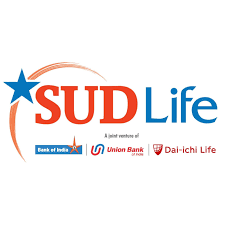Best Investment Options in 2021
Table of Contents
Many people are searching for great investment options that will allow them to multiply their money in a matter of months or years while facing little or no risk. Unfortunately, no investment option offers both a high return and a minimal risk. In reality, risk and return are intimately linked; bigger returns mean higher risk, and vice versa. Hence, it would be best to match your risk profile with the product's related risks before investing. Some investments have a high-risk profile but have the potential to provide higher inflation-adjusted returns over time than other asset classes, whilst others have a low-risk profile and thus lower returns.
Financial and non-financial assets are the two types of investment objects. Market-linked goods (such as mutual funds and stocks) and fixed-income products (like bank fixed deposits, Public Provident Fund) are two types of financial assets. Moreover, non-financial assets include real estate, treasury bills and gold investment. The following article mentions some of the top investment options for your convenience.
Best Investment Options
Here are some investing options that you can consider when saving for their financial goals.
1. Unit Linked Insurance Plan (ULIPs)
The unit-linked insurance plans offer dual advantage of life coverage and investment opportunities to the life assured under a single policy. Here, a part of the premium amount is used for coverage while the remaining amount is used to invest in debts, equities, and bonds that suit the life assured’s financial goals and aspirations. It is a long-term investment that helps reap maximum benefits according to your risk appetite.
2. Public Provident Fund (PPF)
It is a safe investment because a governmental guarantee backs the earned interest and the invested principal. Moreover, as PPFs have a 15-year term, compounding of tax-free interest has a significant impact, especially in the later period. However, it must be noted that the government reviews the interest rate on PPF every quarter.
3. Equity Mutual Funds
Mutual funds that are invested primarily in stocks are known as equity mutual funds. According to the Securities and Exchange Board of India (SEBI) Mutual Fund Regulations, an equity mutual fund scheme must invest at least 65 per cent of its assets in equities and equity-related securities. Returns in an actively traded fund are primarily reliant on the capacity of the fund management to create returns. Passively managed index funds and exchange-traded funds (ETFs) track the underlying index.Disclaimer: This article is issued in the general public interest and meant for general information purposes only. Readers are advised not to rely on the contents of the article as conclusive in nature and should research further or consult an expert in this regard.
4. Bank Fixed Deposit (FD)
In India, a bank fixed deposit is seen as a safer investment option than equity or mutual funds. The deposit insurance and credit guarantee corporation (DICGC) guidelines cover each depositor in a bank up to a limit of Rs 5 lakh for both principal and interest as of February 4, 2020. Previously, the maximum principal and interest coverage was Rs 1 lakh. One can choose between monthly, quarterly, half-yearly, yearly, or cumulative interest options depending on their needs. It must be noted that the interest rate is applied to one's income and taxed according to one's income bracket.
5. Real Estate
Regarded as one of the fastest-growing sectors, real estate offers excellent investment opportunities in housing, retail, commercial, manufacturing, hospitality etc.Capital appreciation and rental income are two ways that real estate investments pay off. However, compared to other asset classes, real estate is extremely illiquid. The significant additional risk is obtaining the required regulatory approvals, which has been effectively managed since the arrival of the real estate regulator.
6. Pradhan Mantri Vaya Vandana Yojana (PMVVY)
It is a savings account for elderly adults aged 60 and up that guarantees a 7.4% annual return. The pension income might be paid monthly, quarterly, half-yearly, or yearly, depending on your preference. The minimum and maximum monthly pensions are Rs 1,000 and Rs 9,250, respectively. The scheme allows for a maximum investment of Rs 15 lakh. The project would supposed to last for ten years and will remain in effect until March 31, 2023. The sum invested is reimbursed to the elderly citizen at the end of the term. Moreover, the money will be paid to the nominee in the event of a senior citizen's death.
Endnotes
Some of the assets listed above are fixed-income, while others are related to financial markets. Fixed-income and market-linked assets both have a place in the wealth generation process. Market-linked investments have a high potential for high profits, but they also have a high potential for increased risk. Fixed income investments aid in the preservation of collected money to achieve the desired outcome. Hence, it is advisable to use the benefits of both environments for long-term goals. Moreover, you should maintain a balanced mix of investments while considering taxation, risk and time horizon.
Also read - Why Should You Purchase A Term Insurance Plan Early?
Disclaimer: This article is issued in the general public interest and meant for general information purposes only. Readers are advised not to rely on the contents of the article as conclusive in nature and should research further or consult an expert in this regard.










